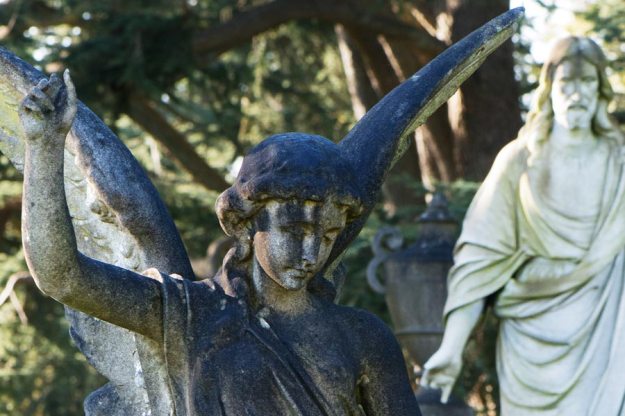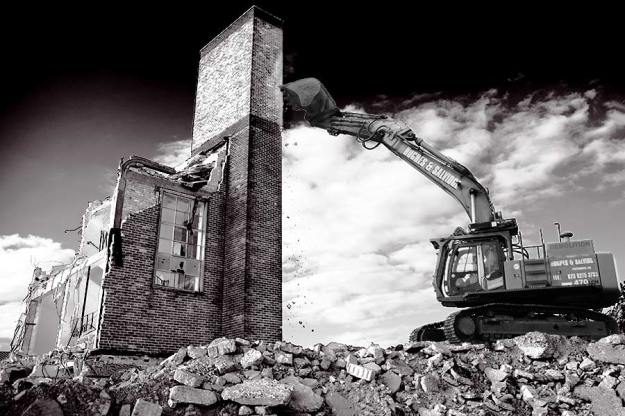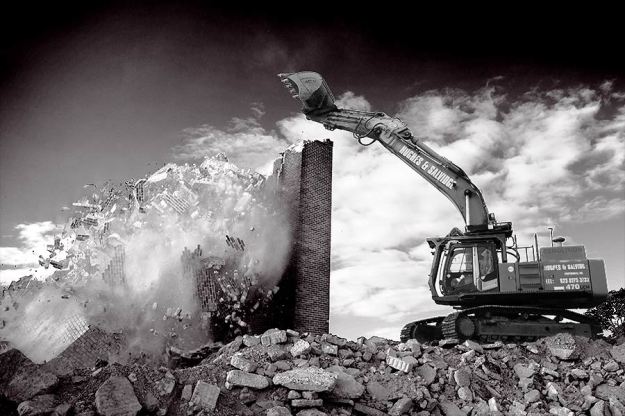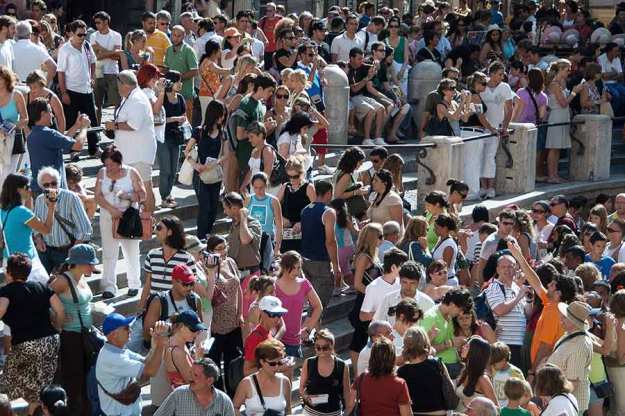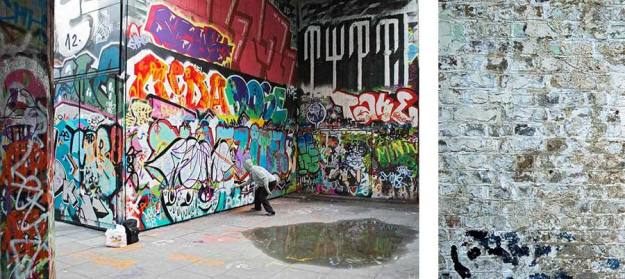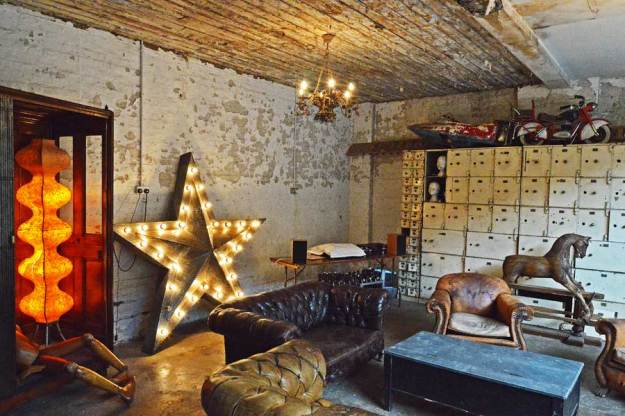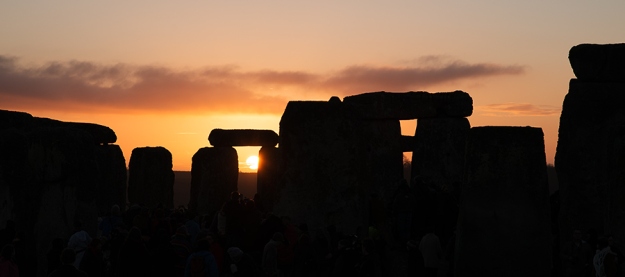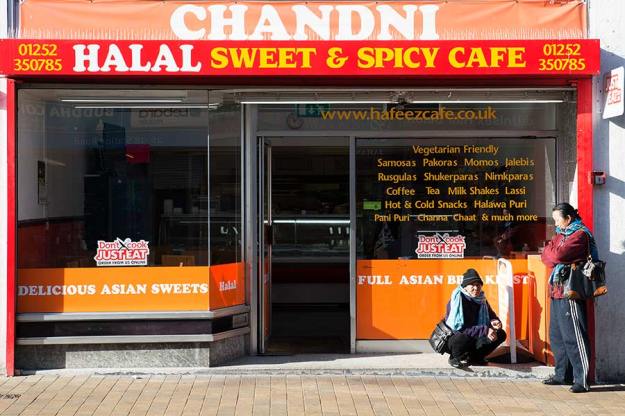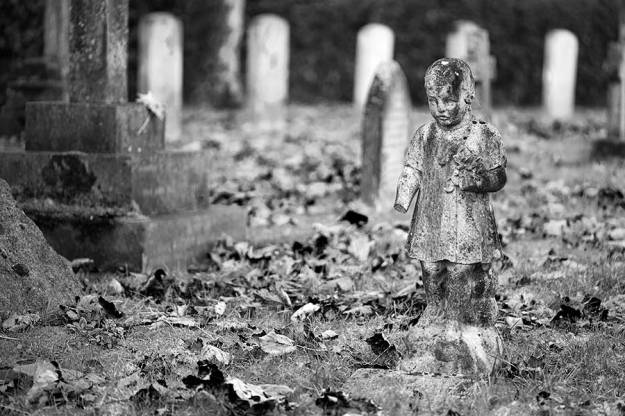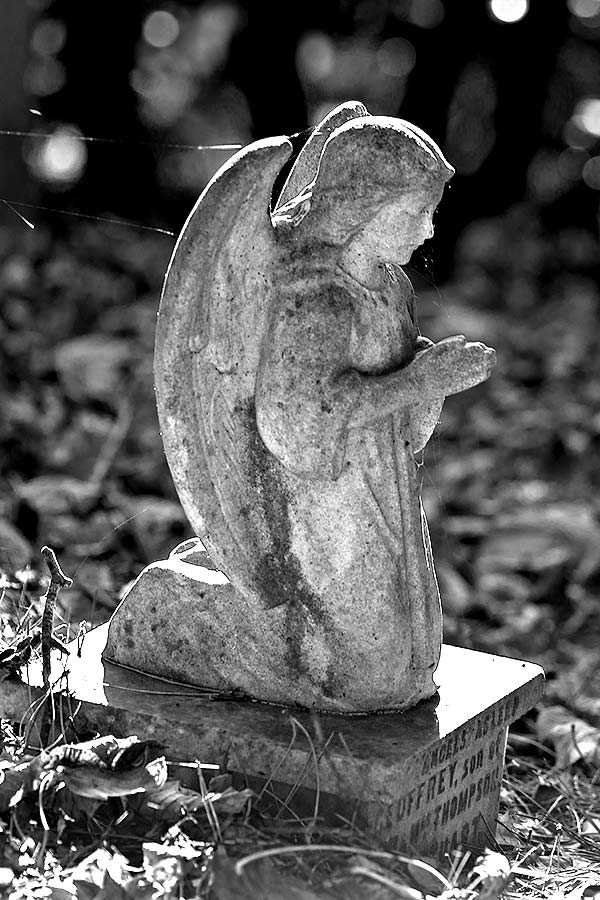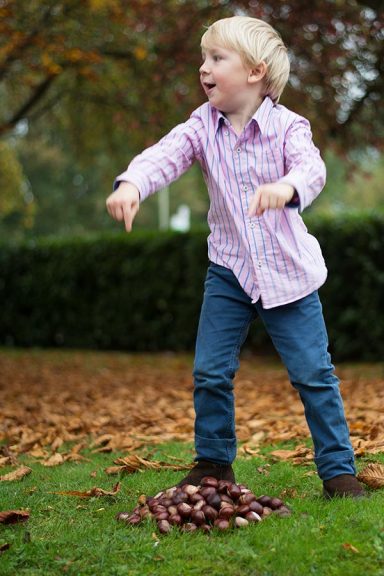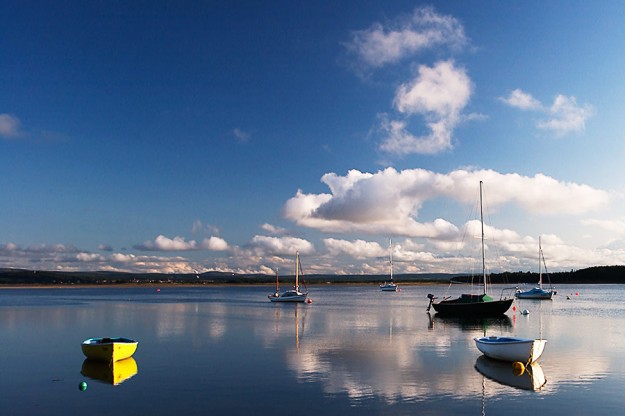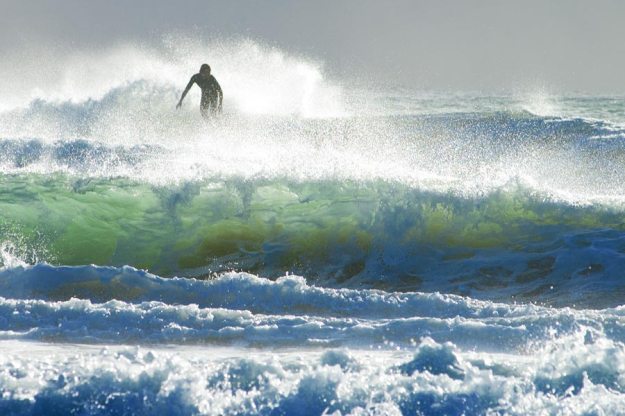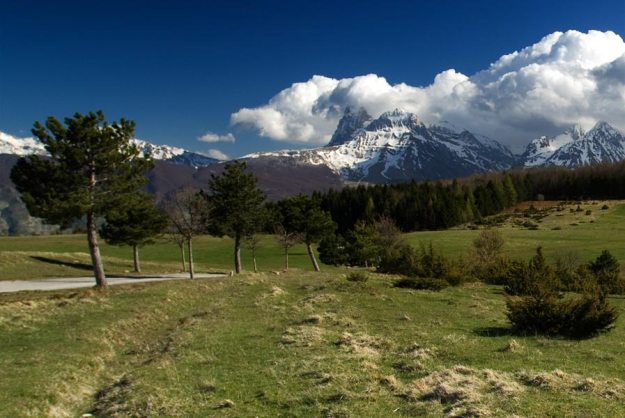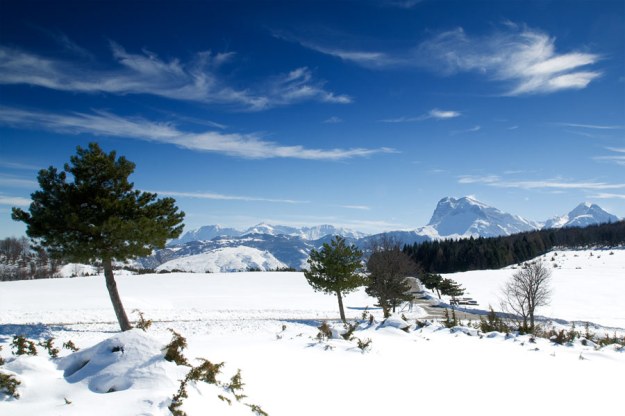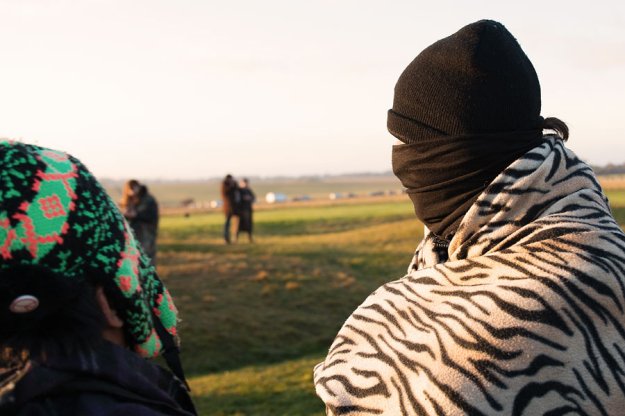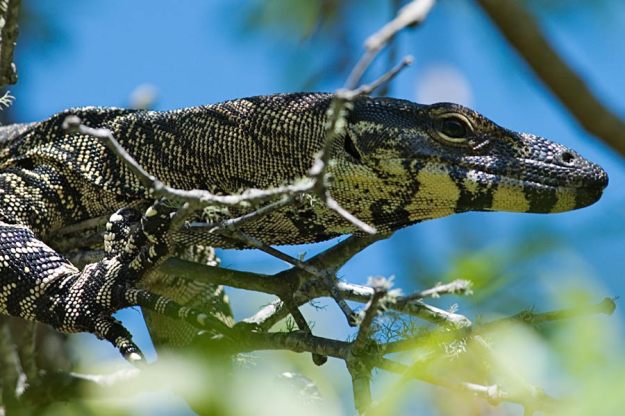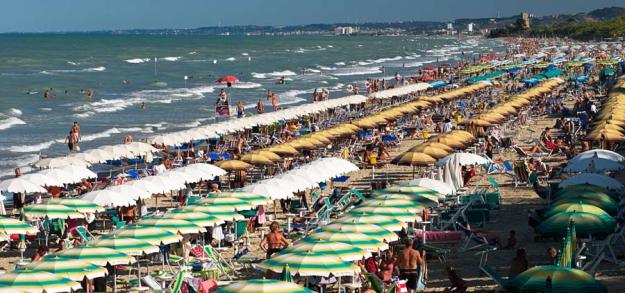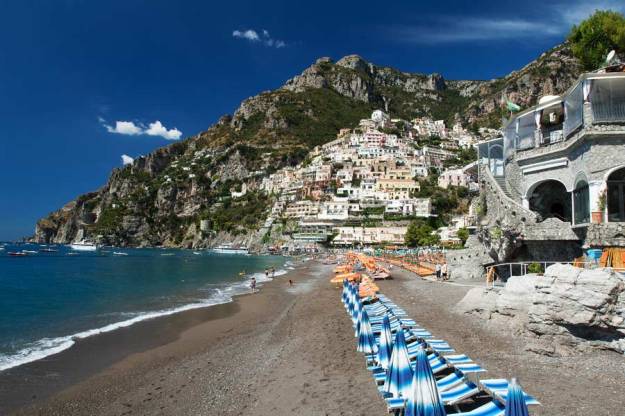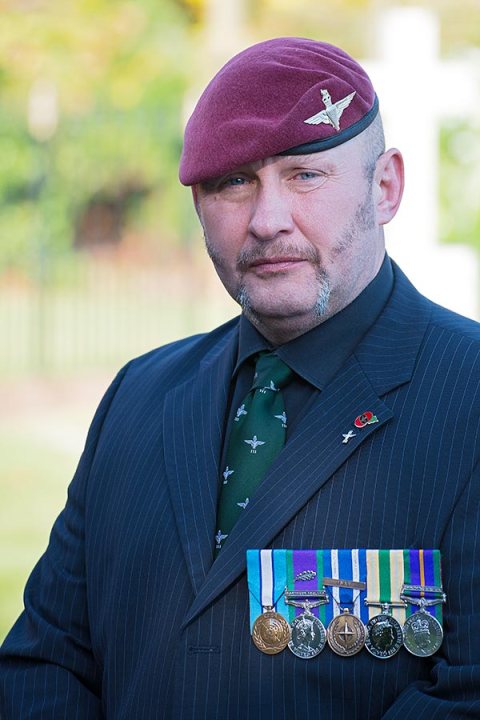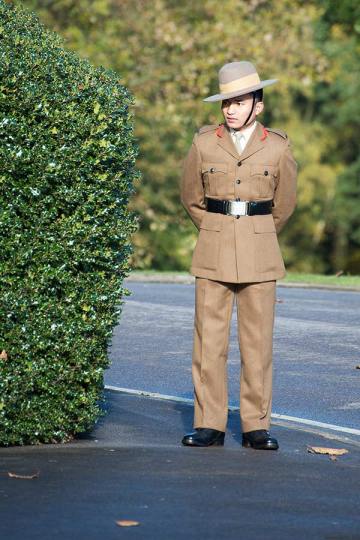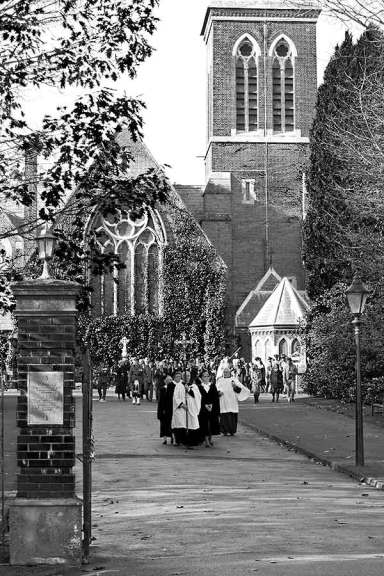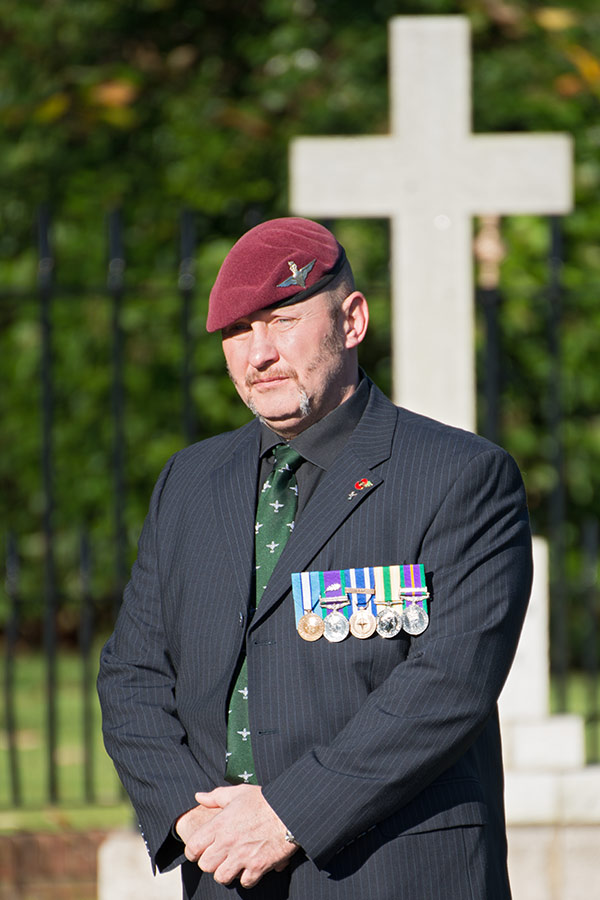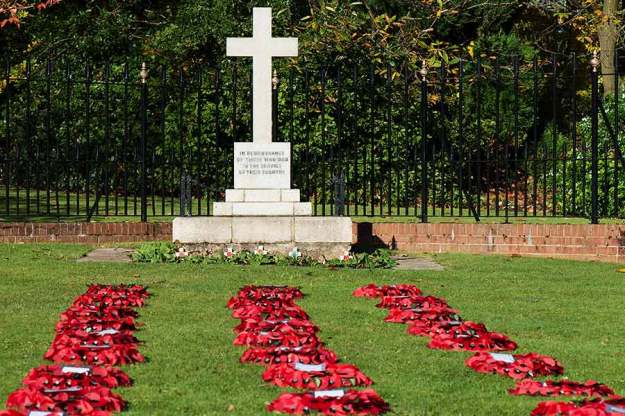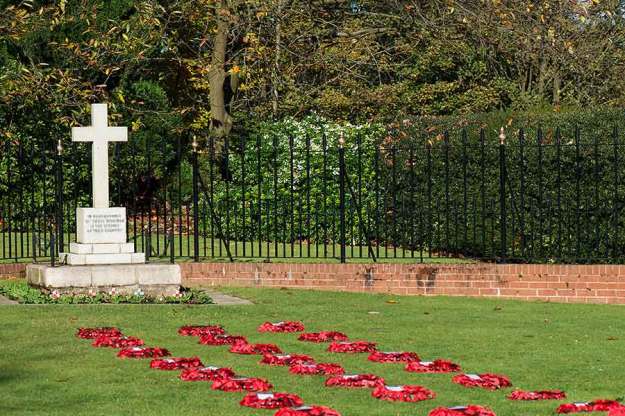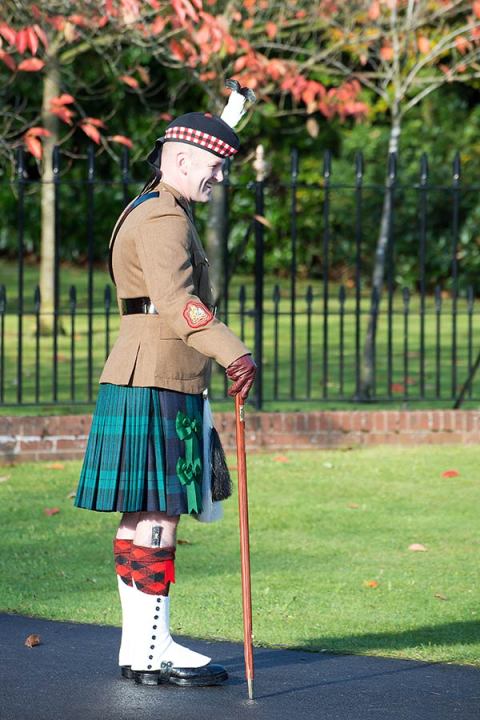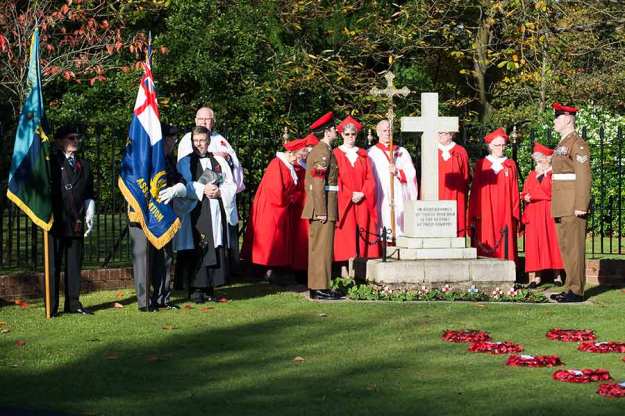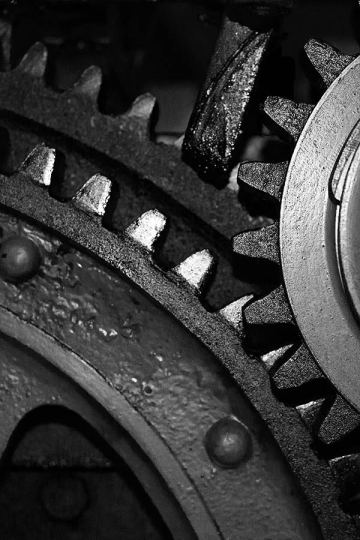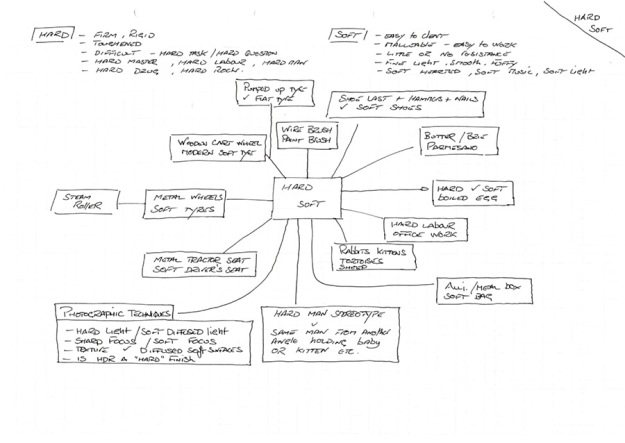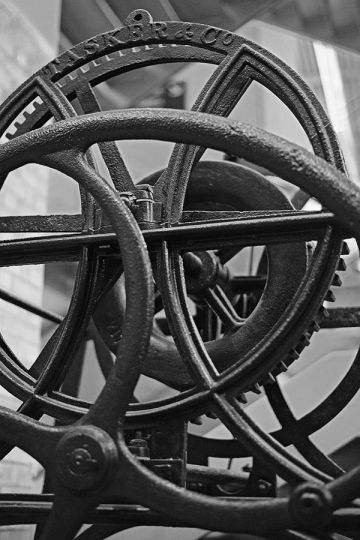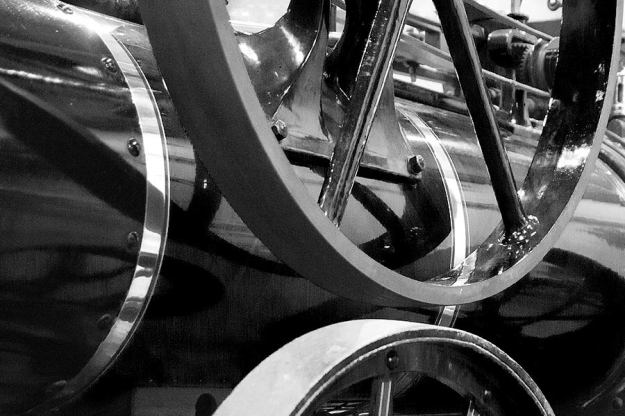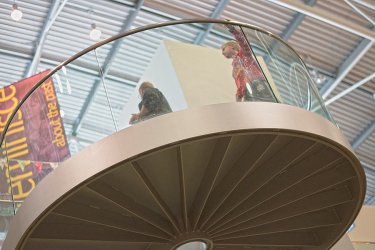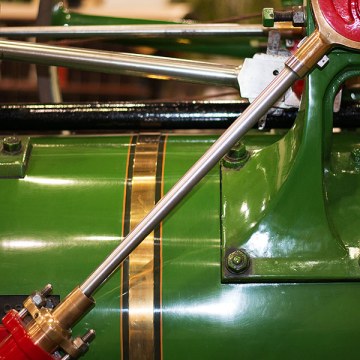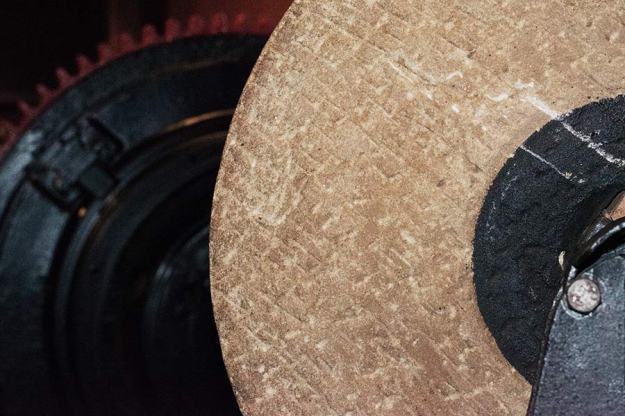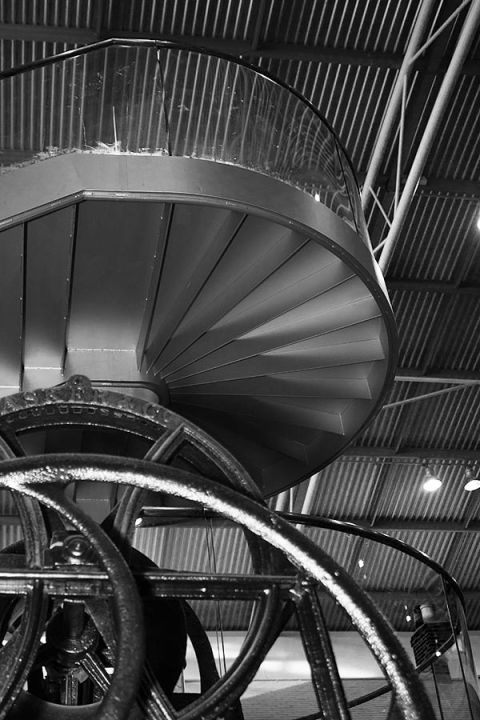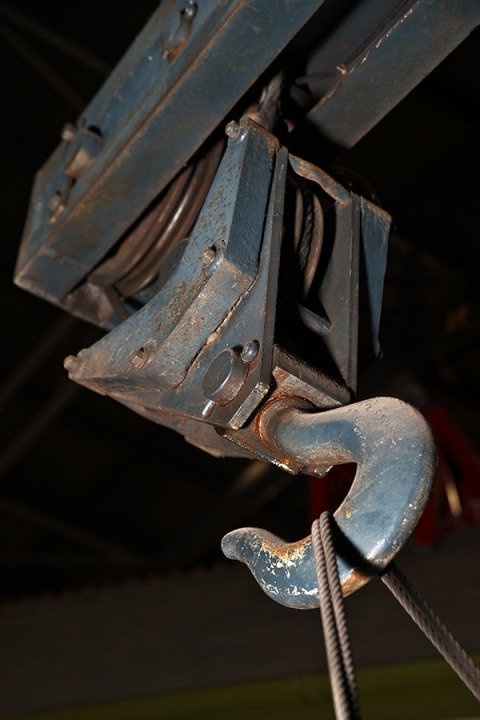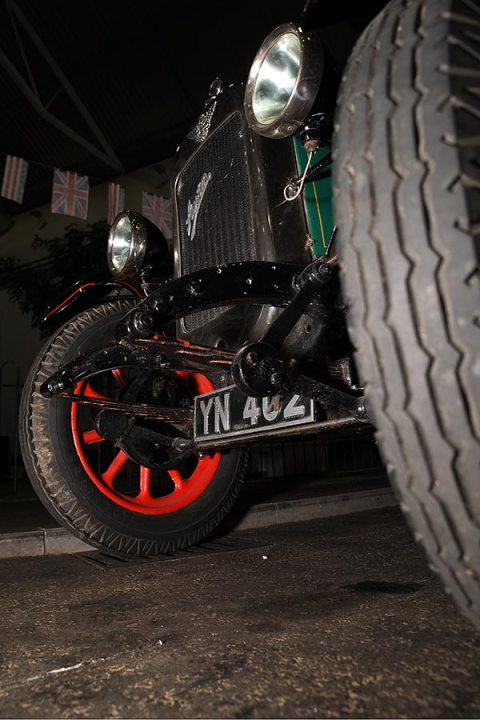It was good to receive feedback on assignment 1 from my tutor. The feedback was generally positive, which is a relief, and has given me some excellent pointers to help with moving forward. I will combine extracts from the comments with my reactions and thoughts.
“This was an excellent first submission Steve, which was very enjoyable to look through and feedback on.”
“It was excellent to receive actual prints for a change, but I would suggest in order for you to cut your own costs, you needn’t do this for each submission.”
I have extracted this second point because I found it difficult to find out from the forums and from other students submissions whether prints were required or not. However, it was clear that the further one proceeds with the degree course the more important printing becomes. I spent a lot of time considering how to approach this because the Epson 2100 I had successfully used for many years had finally given up the ghost four years ago and I had switched to preparing my work for iPad. After some deliberation I decided to invest in a new printer for two main reasons:
a) I have always found the technology of printers and printer / screen calibration frustrating but I came to the conclusion that I was using the iPad approach as a way of avoiding confronting this challenge.
b) Even if I rise to new levels of image capture and post production my journey is incomplete if I outsource the printing and make no effort to build my skills in that area. I will not say that photographers who don’t print are in anyway lesser photographers. Ai Wei Wei appears to outsource nearly all his works of art* so it is not necessarily a valid measure of creativity. However, for me, it is the third key skill that I wish to master.
I have purchased an Epson R3000 which, despite the extortionate price for the ink, is a very satisfactory machine and is far more compatible with my iMac than the 2100 ever was with my old G5.
“What it does show me in advance though, is your clear ability to be able to professionally present your work, with very close attention to detail in a manner that not only looks very impressive, but gives a clear indication about how seriously you take your work. This is very important, because if you don’t take it seriously, others will find it difficult to!”
This was probably the most pleasing statement from the feedback. Embarking on a degree course at my age when my life is already full and quite satisfyingly complex was a major decision and one that I did not take lightly. A lot of my thought processes were about having my work taken seriously. After 40 plus years of taking photos for no particular reason I had a strong desire to understand how to capture better images and, perhaps more importantly, to have a clear reason for taking them. That reason is not to complete the many tasks and assignments, those are just steps on the path, it is about finding a way to take photographs that reflect the way I see the world and, like anyone else, I want my view of the world to be taken seriously. OCA talk about students finding their voice and that would be a highly satisfactory outcome.
“As mentioned above Steve, in my opinion this was a very impressive first submission in terms of both your appreciation of theory and practice. You have certainly set your stall out for future assignments to come now!”
Obviously I am delighted to receive some praise and take much heart from it but I also recognise that I need to maintain the standard of presentation but, most importantly, to improve my creative ability and technical skills and to show a developing appreciation of theory and practice as I move forward with the course.
“All the imagery looked well worked out and shot for purpose.”
I am glad that my tutor valued this. Distance learning is a funny thing, especially for someone who was never very good at non-distance learning. It requires a blend of discipline, motivation and management that can only come from one source. There is little point in cutting corners as I am only answerable to myself. I wanted to treat each exercise and assignment as an opportunity to explore what interests me through the medium of photography and this means taking on board the objectives, researching where necessary, learning and applying new skills where possible and creating something that is new to me and better than before.
“Some of these contrasting sets worked really well in my opinion – I particularly liked the ‘High & Low’ pairing which was a clever interpretation. I will always remain unconvinced about the monochrome / colour isolation used here though (or anywhere for that matter !), as I don’t really understand what purpose it has. These two images are strong enough without applying any fancy footwork or gimics … my advice will always be to keep things as simple as possible”
Totally fair comment. Over processed and gimmicky. I was definitely trying to be “creative” rather than letting the images speak for themselves.
Figures 4 and 5 above are re-works of High and Low following my tutors suggestion that combining colour and black and white had not added anything to the originals. They certainly have not become weaker images through a quick re-work and there is now an argument that the digger has become a leading line into the demolition and is thereby adding to the image without being a dominant and inappropriate distraction.
“The other pairings I thought that worked well would be ‘Many & Few’, which was a very literal representation that simply defined the requirement. (I might have cropped in tighter with the ‘many’ shot though in order to have removed the wall in the bottom right corner.)”
Not being literal was my biggest challenge, I know that I am a literal sort of person and it will be difficult to break that mould. It was a challenge to come up with imaginative interpretations of the pairings without copying other people’s ideas so, in many cases, I settled for literal. It is interesting that my tutor homed in on the wall, I thought about taking it out but felt that there was more of a crowd with it in and it added some context.
Fig. 8 is a cropped, re-worked version of many. I know that the real answer was to have captured more people and less architecture with the camera so this is just about cropping. Even when I was re-working this I was thinking the tutor is entitled to his opinion but I prefer the original. Once I saw the crop I can see he was right – too much irrelevant architecture adding nothing to the image either in the context of the assignment or even just as an image. Which neatly leads to his comments about composition that I will come back to later.
“Also, the ‘Much & Little’ worked well for the same reason really. It can also often be a good idea to try and keep the format of the images identical if at all possible.”
Good point. “Much” could have been a portrait frame and probably wouldn’t have lost its impact. There was not enough clean wall to the left and right of “Little” to have been a landscape frame and the scale was wrong as a landscape crop.
“I also really liked the ‘Light’ shot which was really nicely lit … looks like a great place to hang out !”
It is, I wish I could get there more often. One of the great aspects of modern DSLRs is their ability to deal with low light. On film or with an early DSLR I would not have had sufficient skill to get this shot. I love mixing natural light and artificial light and have used it extensively when photographing my grandchildren.
“Lastly, another additional positive point to make about your work is that in general, most of the images show very little ‘dead space’, which is so often found in the early stages of photographic practice – prior to any theoretical compositional considerations being either learnt or absorbed. Remember that effective photography equals Technique + Composition. Good or acceptable technique is arguably the first prerequisite for ‘good’ photography, but this alone will not make a ‘good’ image. Image making must be complimented by composition, not just technique as mentioned before. We all use very similar technical equipment to make images, so composition is often one of the best ways in which a photographer can express their individuality and personal feeling in communicating their thoughts and ideas.”
“The term ‘composition’ has been mentioned in your feedback and I cannot emphasise its importance enough at this level of study and in particular at this stage of the programme. In order to help and support you making appropriate compositional decisions [IE: what you choose to include and exclude from the frame, prior to taking the image] you must closely study the work of other practitioners.” (for follow up work see here)
Obviously the positive is pleasing, I usually crop quite tight and don’t like dead space in an image. I recognise that this sometimes means that I don’t use negative space to best effect. However, I want to take the tutor’s comments about composition on board and think more deeply about this. Looking at the submission images there is already the specific remark about “many” to consider in this context and looking back over the whole set I can see that I need to consider more carefully what should and should not be included in the frame. I’m of a generation that remembers the famous Bill Shankly quote about the off-side rule “If a player is not interfering with play or seeking to gain an advantage, then he should be.” I will take my tutor’s advice and more rigorously consider whether all the content of the frame is gaining an advantage for the composition. Study of the great masters is an advised and valid route to help me develop this skill. My tutor has pointed me towards Josef Koudelka as an additional inspirational source in this regard.
I was pleased that I received positive comments about this blog, I am not reproducing them here as they are not related to photography.
Overall my tutor thought that assignment 1 was an “impressive first submission in terms of both (my) appreciation of theory and practice” and that is just the motivation I need to try and maintain the standard and improve both generally and specifically in the next phase. All the criticism was highly constructive with clear guidance on what I need to work on and I will endeavour to carry that forward into assignment 2.
Sources
*Klayman, Alison. (2013) Ai WeiWei: Never Sorry, United Expression Media.

